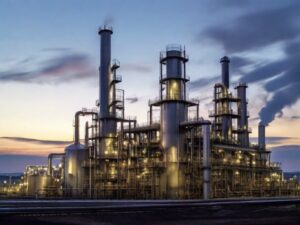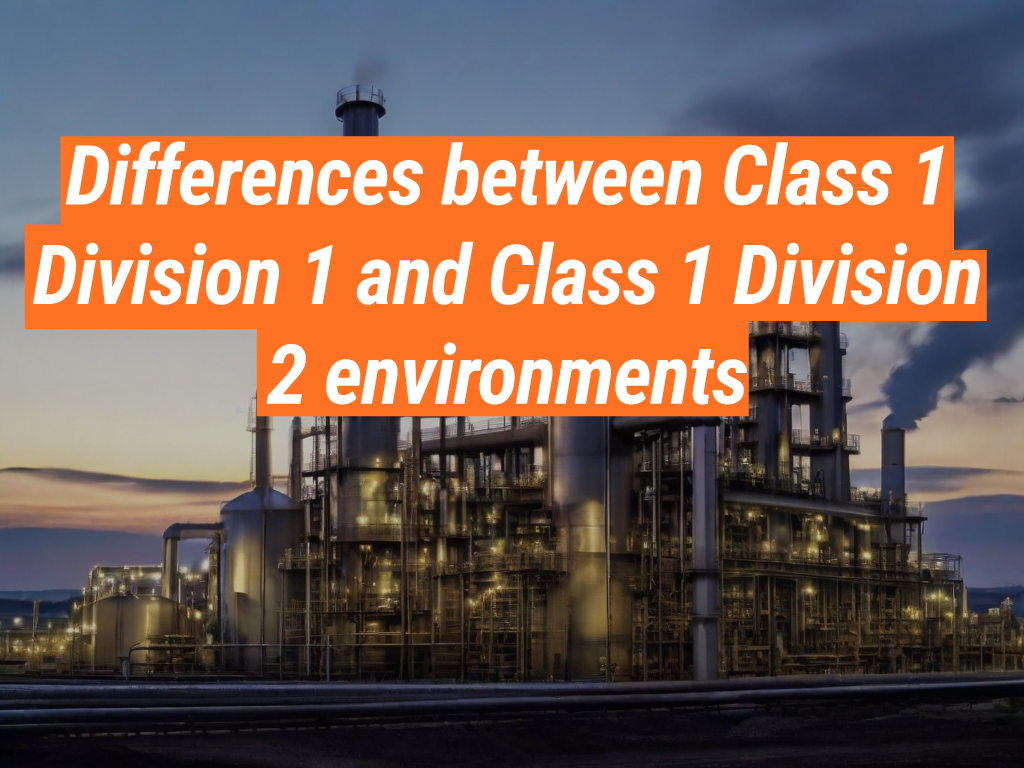Intrinsically Safe Store welcomes you as your one-stop-shop for all your safety equipment needs. We dedicate ourselves to provide you with the most reliable and durable safety equipment for hazardous environments. In this blog, we delve into the differences between Class 1 Division 1 and Class 1 Division 2 environments. We invite you to explore our wide range of products designed for these environments on our website.
Defining Class 1 Division 1 and Class 1 Division 2 Environments
Before we delve into the differences, it’s crucial to understand what these classifications mean. The National Electric Code (NEC) in the United States classifies hazardous locations into different classes, divisions, and groups based on the nature and degree of the hazard.
- Class 1 Division 1 (C1D1): These are areas where ignitable concentrations of flammable gases, vapors, or liquids can exist under normal operating conditions, or where such ignitable concentrations may exist frequently because of repair or maintenance operations.
- Class 1 Division 2 (C1D2): These are areas where ignitable concentrations of flammable gases, vapors, or liquids are not likely to exist under normal operating conditions. However, they may become hazardous due to a rupture or breakdown of containers or systems, or in case of abnormal operation.
Key Differences between C1D1 and C1D2 Environments
Selecting the right safety equipment crucially depends on understanding the differences between these two classifications. The key differences are as follows:
- Frequency of Hazardous Conditions: C1D1 environments are considered more hazardous as ignitable concentrations of flammable substances can exist frequently, while in C1D2 environments, these conditions are not likely to occur under normal operations.
- Equipment Requirements: Equipment used in C1D1 environments must be designed to prevent ignition under all operating conditions, while equipment for C1D2 environments only needs to prevent ignition under abnormal conditions.
Case Study: Safety Equipment Selection
Consider a petroleum refinery, which is a typical C1D1 environment. Here, the presence of flammable gases is a norm, and hence, all equipment, including lighting, must be explosion-proof and designed to contain any internal explosion. On the other hand, a pharmaceutical manufacturing plant, a typical C1D2 environment, may only have flammable substances present during specific processes or in case of a system failure. Therefore, the equipment used here needs to be intrinsically safe but not necessarily explosion-proof.
Why Choose Intrinsically Safe Store
Intrinsically Safe Store understands the unique requirements of C1D1 and C1D2 environments. We provide a wide range of safety equipment, including intrinsically safe and explosion-proof devices, aiming to meet the strict safety standards of these environments. We certify and test our products to ensure maximum safety and reliability.
Understanding the differences between C1D1 and C1D2 environments is crucial for ensuring workplace safety. While both classifications deal with hazardous environments, the degree and frequency of the hazard differ significantly. Therefore, the selection of safety equipment must be based on these differences. At Intrinsically Safe Store, we commit ourselves to help you navigate these complexities and choose the right safety equipment for your needs.Visit our website to explore our range of products or contact us for personalized assistance.


